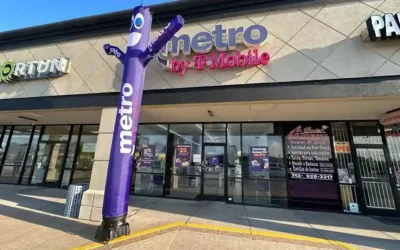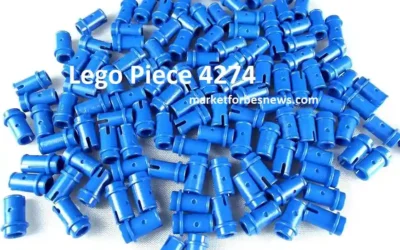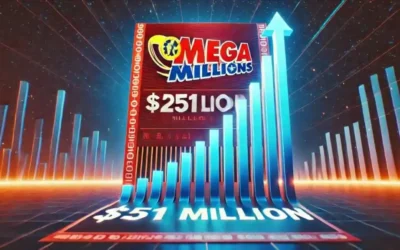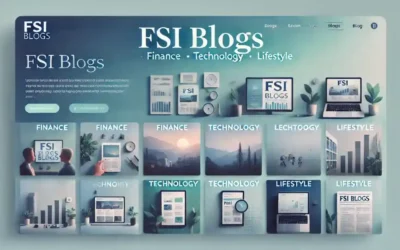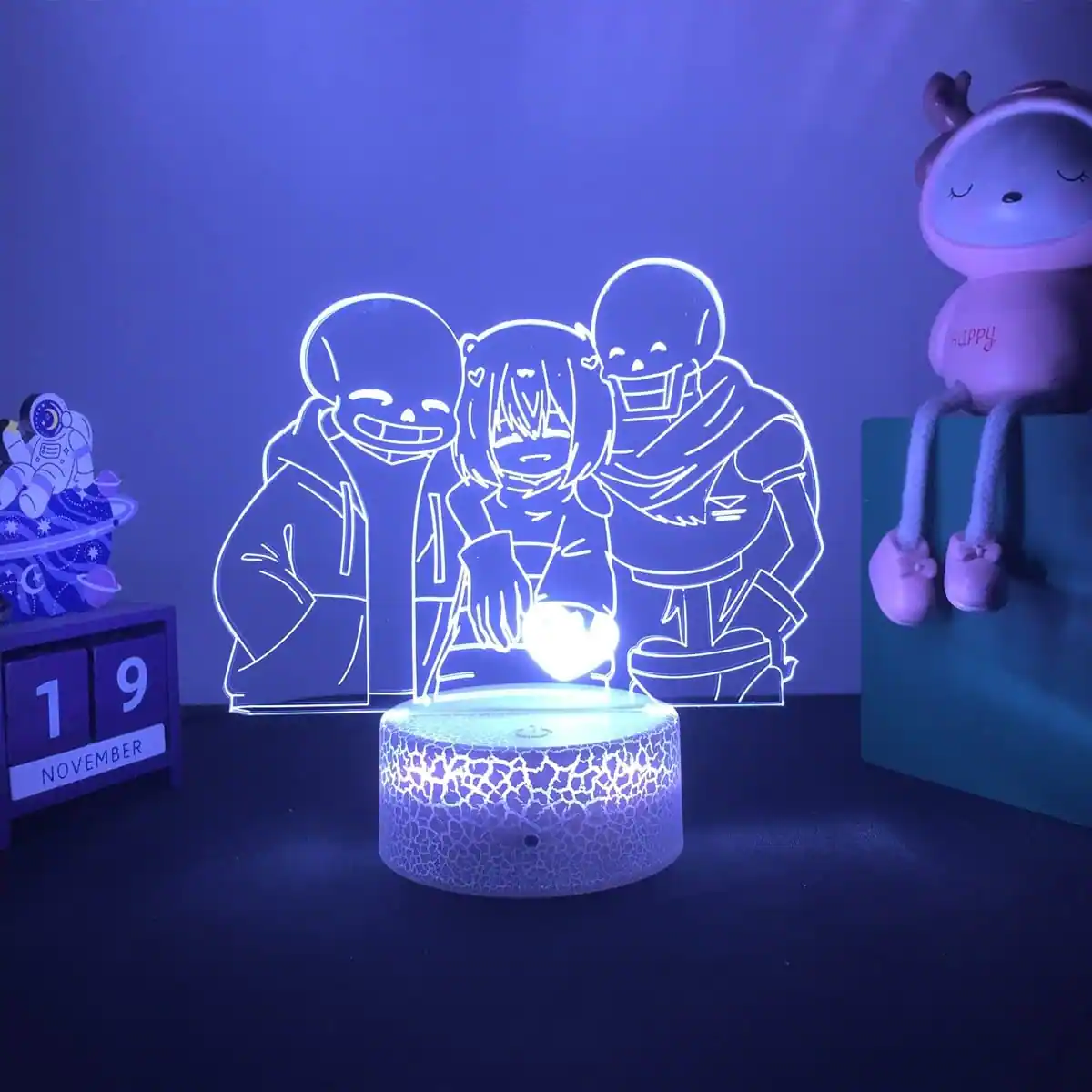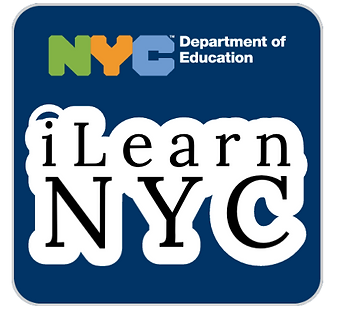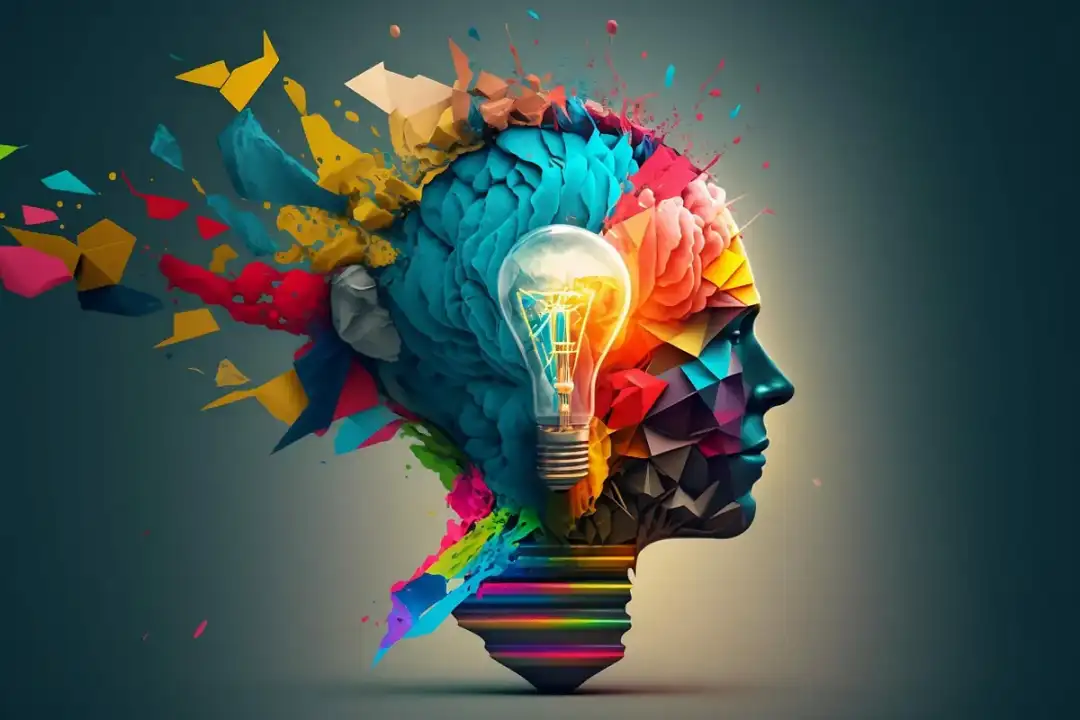Abigail Soto Science Teacher Texas Tech Making Difference

Understanding the Importance of Student Ideas in Science Education
Abigail Soto, a dedicated science teacher at Texas Tech University, is at the forefront of a critical discussion in education: the role of student ideas in the learning process. For years, educators have debated whether students’ misconceptions should be seen as roadblocks or stepping stones to understanding. Soto’s research sheds light on this complex issue.
Student Ideas: Obstacles or Opportunities?
Soto’s study focused on how future science teachers viewed their students’ ideas. She found that while these aspiring educators recognized the importance of understanding their students’ thinking, their views on how to use those ideas varied widely.
- Some teachers-to-be saw student misconceptions as hurdles to overcome, focusing on correcting wrong answers.
- Others viewed these ideas as valuable starting points for deeper exploration, using them to spark curiosity and engage students in active learning.
- A third group emphasized the importance of creating a positive classroom environment, where students feel comfortable sharing their thoughts without fear of judgment.

Soto’s research highlights the significance of helping future teachers develop a nuanced understanding of student thinking. By focusing on how students learn and build on their existing knowledge, educators can create more effective and engaging learning experiences.
The Role of Science Teacher Educators
Soto’s findings underscore the importance of science teacher education programs in preparing future teachers to effectively utilize student ideas. By providing opportunities for preservice teachers to explore different perspectives on student thinking, teacher educators can equip them with the tools they need to create classrooms where all students can thrive.
Key Takeaways from Soto’s Research:
- Student ideas are a valuable resource for science teaching.
- Future teachers need to develop a variety of strategies for incorporating student thinking into their instruction.
- Science teacher education programs play a crucial role in supporting teachers’ development in this area.
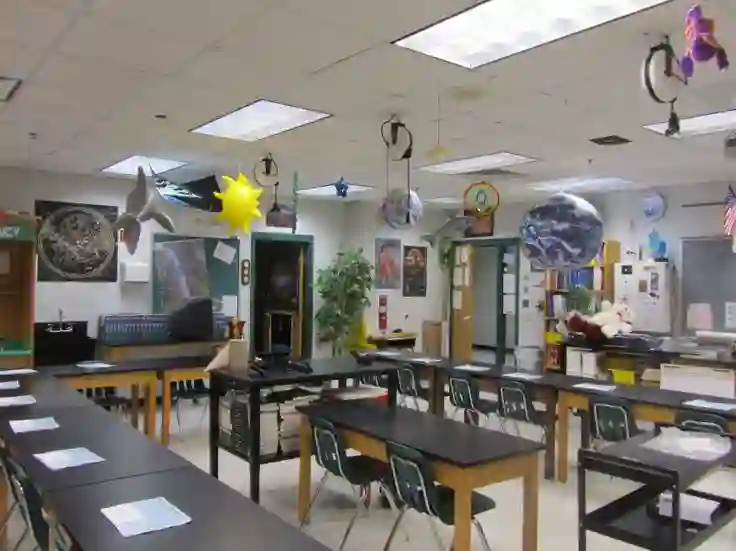
Conclusion
Abigail Soto’s research offers a valuable perspective on the critical role of student ideas in science education. By understanding the diverse ways in which future teachers view student thinking, we can develop more effective strategies for supporting their growth as educators. Soto’s findings emphasize the importance of creating learning environments where students feel empowered to share their thoughts and where their ideas are valued as a foundation for deeper understanding. As we continue to explore innovative approaches to science education, it is essential to prioritize the development of teachers who can effectively harness the power of student thinking.
FAQs
Q: How can teachers incorporate student ideas into their classrooms?
A: Teachers can incorporate student ideas by creating opportunities for students to share their thoughts through discussions, writing, or drawings. They can then use these ideas as starting points for further exploration, investigations, or problem-solving activities.
Q: What are some common misconceptions students have in science?
A: Common misconceptions in science can vary depending on the subject area. Some examples include:
- In biology: misconceptions about the food chain, human body systems, or genetics.
- In physics: misconceptions about force, motion, or energy.
- In chemistry: misconceptions about atoms, molecules, or chemical reactions.
Q: How can teachers address student misconceptions?
A: Teachers can address student misconceptions by:
- Actively listening to students’ ideas and asking clarifying questions.
- Providing opportunities for students to explain their thinking.
- Using hands-on activities and demonstrations to challenge misconceptions.
- Encouraging students to engage in peer discussions and debates.
Q: What is the role of technology in incorporating student ideas in science education?
A: Technology can be a powerful tool for incorporating student ideas in science education. For example, students can use digital tools to create presentations, videos, or simulations to share their thinking with classmates. Teachers can also use online platforms to collect and analyze student data to identify common misconceptions and inform instruction.


